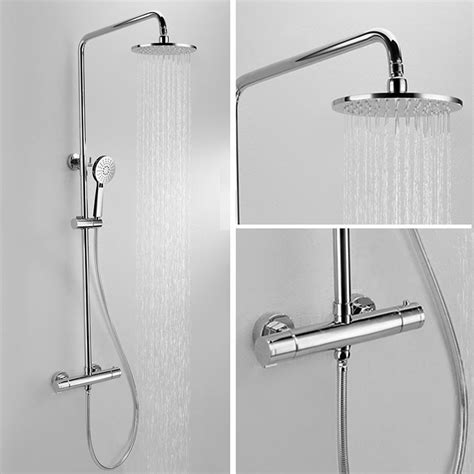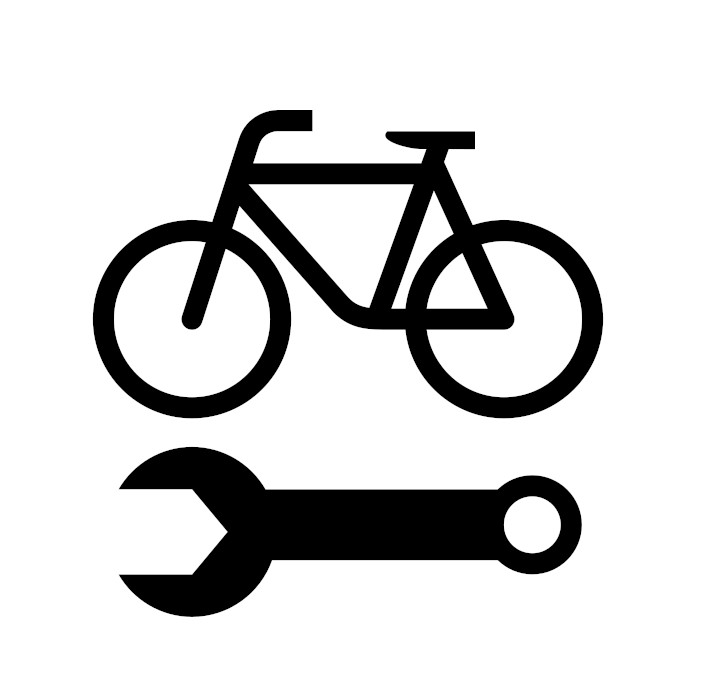

In US the most common type of seal is a wax ring.
I’ve seen those used between the toilet and the floor on US toilets. I didn’t know they also used them between the cistern and bowl. That might work here but finding one locally seems unlikely but I’ll have to look anyway.
But everything needs to be extremely rigid, any movement later will break the seal.
Well, cistern is plastic and flimsy so maybe it wouldn’t work. I’m also thinking the hard rubber gaskets might only work well for a heavy ceramic cistern.
I appreciate all the recycling tips. People around here just use them to decorate street corners without cleaning them up first. I never see them getting dumped, so I guess the city porcelain beautification project must be happening late at night.
One practical use I might consider is for the parking competition. Sometimes people try to reserve street parking by putting junk on the street in front of their house until they need to park. A heavy old ceramic toilet might work well for that as probably no one else would want to touch it to take a parking spot.







The bolts use a plastic washer and plastic nuts that slide into plastic rails of the plastic cistern. It’s really flimsy. As I tighten the nuts, I can hear the cracking sound of the plastic washers cracking internally. I’ve reinforced them with a bit of thin sheet metal but whatever I do cannot rely on bolts to add much pressure. This is also why I kind of doubt a rubber flanged gasket working even if I could track one down.
But indeed using all gummy stuff would likely work (but messy!). I’ll try it if my next plan fails.